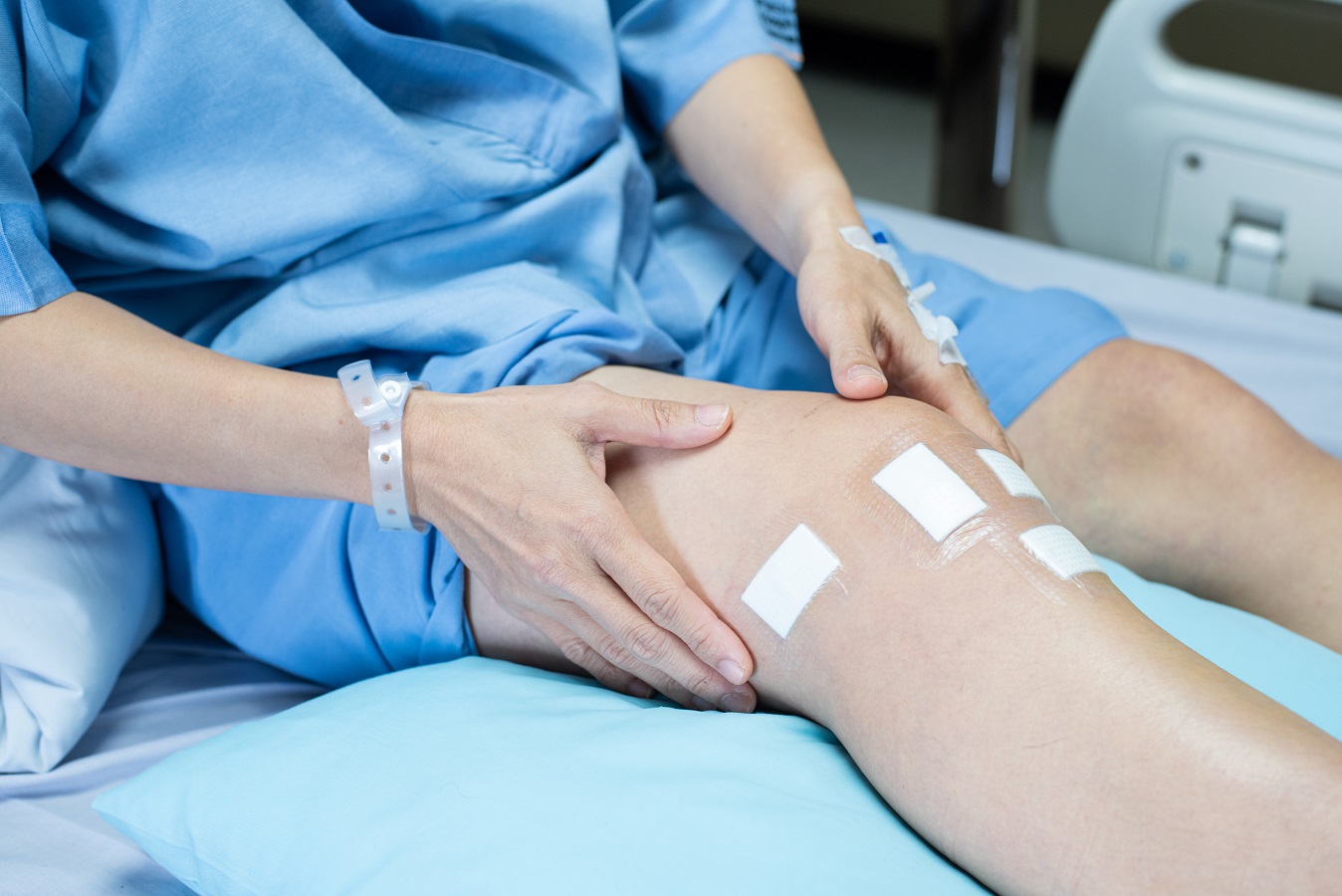What is PCL Reconstruction?
The knee joint is one of the most important joints in the body that makes possible our daily activities. From the time we wake up till we go to sleep, our knees are used constantly, placing them under stress.
To understand what PCL reconstruction is, we need some basic knowledge of the anatomy of the knee.
Knee Joint Anatomy
- The knee joint connects the thigh bone or the femur with the tibia, which is the shin bone.
- This connection is made possible by four ligaments; one among the four is the posterior cruciate ligament or PCL.
- The PCL is the ligament found at the back of the knee.
- A PCL tear happens due to a road traffic accident or while playing high-intensity contact sports like football, rugby, etc.
- The doctor might suggest a keyhole procedure called PCL reconstruction if it is in the patient’s best interest to treat a PCL tear.
Symptoms of a PCL Tear
- Pain in the affected knee, which might lead to walking with a limp.
- Inflammation is almost immediate after the injury.
- The knee feels wobbly.
- The symptoms might be worse if other parts around the PCL are also damaged.
PCL Tear Treatment Options
- Initially, RICE (rest, ice, compression, and elevation) therapy will be given. This will be followed by physiotherapy.
- However, in the case of PCL, tears that do not respond to conservative treatment options or if the tear is severe, a PCL reconstruction will be suggested.
- PCL reconstruction is also performed as part of a sports injury treatment – for example when athletes fall on their knees and the entire weight is borne by the knees.
PCL Reconstruction
- The reconstruction procedure can be performed arthroscopically through very small incisions made on the knee.
- Through the incisions, a camera will be inserted to visualize the joint.
- A graft most commonly taken from another part of the patient’s own body will be used for reconstruction.
- The injured ligament will be removed, and the graft will be inserted through the incisions made to take the place of the ligament.
- The graft will be attached to the femur and tibia.
- The entire procedure will take a couple of hours, and no hospitalization is required.
- After the procedure, the patient will have to use crutches so that the knee is not subjected to stress.
- A PCL tear is best treated early. When patients suspect a PCL tear, they should get it checked by an orthopedic surgeon immediately. A simple Google search with the terms ‘orthopedic surgeon near me’ will help them reach one quickly.
- Jul 15, 2021

